Canada has got 46 national parks with rich mountain ranges, lush rainforests, islands and coastal reserves with diverse landscapes. The well-marked hiking trails with guided activities and rich wildlife enables visitors to explore and experience the pristine wilderness around. Here’s a list of Vancouver National Parks of Canada for you to check out!

Banff National Park in Alberta
Established in the 18th century, it is one of the oldest National Park and popularly known as Banff. This UNESCO World Heritage site covers Canada’s rocky mountain regions. You can take a self-drive on Icefields Parkway, join a hiking tour in summer or hike in a winter everything’s covered with snow. Keep your eyes peeled for wildlife and combine with time in Jasper National Park and Yoho National Park for the full Rockies experience.
Pacific Rim National Park Reserve in British Columbia
This National Park stretches along Vancouver Island’s west coast. Filled with endless beaches, verdant rainforest and a backdrop of coastal mountains. During winter, try out the famous storm-watching here and in summer you get ready for some adrenaline-boost activities like hiking, kayaking and surfing. Lastly, you can encounter exceptional marine wildlife like the orca, grey and humpback whales, as well as seals, sea lions and black bears, can be spotted regularly.
Gwaii Haanas National Park Reserve in British Columbia
Gwaii Haanas literally means ‘Islands of Beauty’. Just like how it’s defined this national park offers a fascinating insight into First Nations culture, with ancient longhouses and fallen totem poles scattered amongst the dense rainforest. The protected waters offshore attract whales, porpoises and sea lions, whilst black bears roam the beaches and bald eagles circle overhead.

Kluane National Park and Reserve in Yukon
Kluane has the highest peak, towering Mount Logan at about 19,000 feet. Together with three neighbouring Alaskan national parks namely: Wrangell St. Elias, Tatshenshini Alsek and Glacier Bay. Kluane is another UNESCO World Heritage site of Canada, that covers a huge area of the non-polar icefield. The park has spectacular glaciers, mountains and valleys with native grizzly bears, caribou and moose.
Wapusk National Park in Manitoba
Wapusk National Park is located on the shores of Hudson Bay and protects one of the largest group of polar bear species in the world. You can get to this park from Churchill. This is one opportunity for you to see a huge polar bear colony, either by taking a tundra buggy excursion or by staying in a remote lodge. Here on the edge of the treeline, where boreal forest meets Arctic tundra, you may also spot Arctic foxes, wolves and caribou.
Cape Breton Highlands National Park in Nova Scotia
Cape Breton is home to the breath-taking Cabot Trail, one of Canada’s most scenic drives. Hugging the coastline, the road winds around rocky headlands and secluded bays, fringed by the dense forests of the Cape Breton Highlands. Head inward to traverse hiking paths through dense river canyons or climb to a viewpoint for the opportunity to see whales out at sea. Along the way stop at tiny fishing villages to sample freshly-caught seafood.

Fundy National Park in New Brunswick
Boasting 12km of dramatic coastline along the Bay of Fundy, you can marvel at some of the world’s highest tides. The seawater pours in and out of the bay, stirring up nutrients that attract several species of dolphins and whales. This park is the only place where you can spot the rare North Atlantic right whale. Explore the forest trails to enjoy the thundering waterfalls, freshwater lakes and scenic river valleys.
Gros Morne National Park in Newfoundland
This national park reshaped itself for centuries, naturally by ancient glaciers and continental drift. Its deep fjords, soaring mountains and deserted beaches with a scenic backdrop leave its visitors awe-struck. The scientific theory of plate tectonics was proven in this park. This is one of the places in the world where the earth’s mantle is visible above the crust. Moreover, you can not only hike these trails but also go for whale watching, experiencing a unique corner of Canada.
Torngat Mountains National Park in Labrador
Most importantly, Torngat is the newest national park of Canada and is home to the Inuit as well as their ancestors for thousands of years. Located in the northern tip of Labrador you can visit this park by ship enjoying an expedition voyage. At this place, you can learn a lot about Inuit culture and history. You can also explore the unique wildlife like polar bears, black bears, and caribou. The inlets and mountains of this beautiful coastline will be a memorable one!
Bruce Peninsula National Park in Ontario
Located at the edge of Lake Huron’s beautiful Georgian Bay, the well known Bruce Peninsula National Park is popular for kayaking and boat excursions. These excursions are towards the shipwrecks of Fathom Five National Marine Park. It has large areas of forest protecting black bears and hikers. This hiking trail of Canada is the oldest trail and narrows through a park that crosses from Niagara to Tobermory.

Thousand Islands National Park in Ontario
This national park is located between Toronto and Montreal and is easily accessible and well worth a visit. These picturesque granite islands used to be mountains, but are now surrounded by the St Lawrence River and capped with windswept pine trees. Meanwhile, you can explore by a boat and discover turtles and birdlife as well as a fascinating history.
Sable Island National Park Reserve in Nova Scotia
Sable Island is located far out in the North Atlantic, as a part of Nova Scotia. It has shifting sand dunes that make it an ever-changing island. The island has a herd of wild horses, the world’s largest colony of grey seals and other unique wildlife that has adapted to survive in this strange habitat.
Finding this guide useful? Check Out PickYourTrail to craft your itinerary and book your dream vacation right now as it’s never too early to plan a vacation!
Related Itineraries
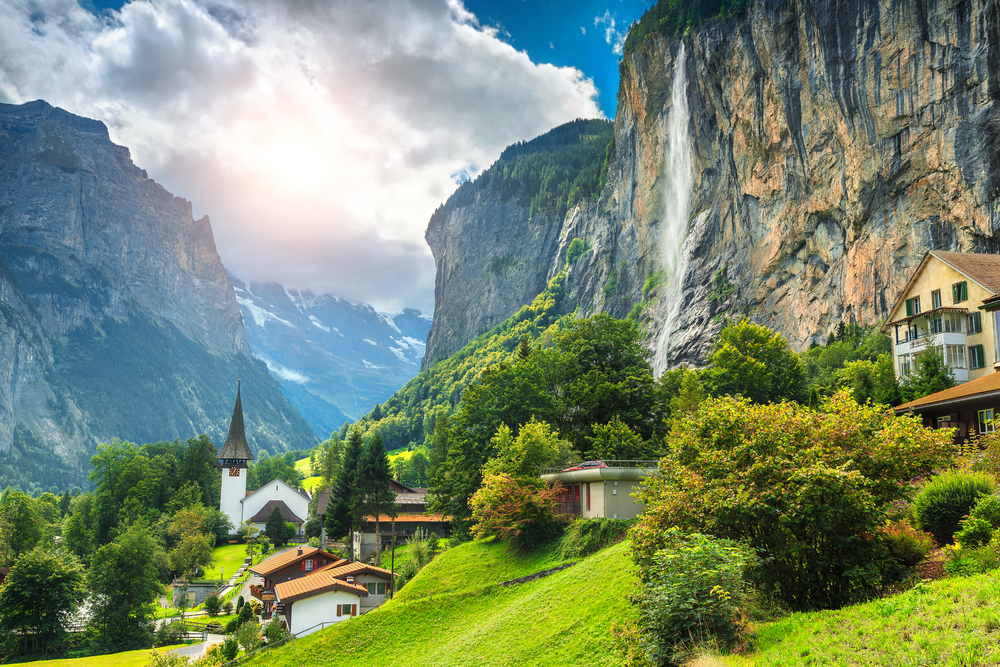
Relaxing 7 day Switzerland itinerary for the Honeymoon travellers
- Flights excluded
- 4 star accommodations
- 6 activities
- Private transfer
₹ 2,20,885
Starting price/person
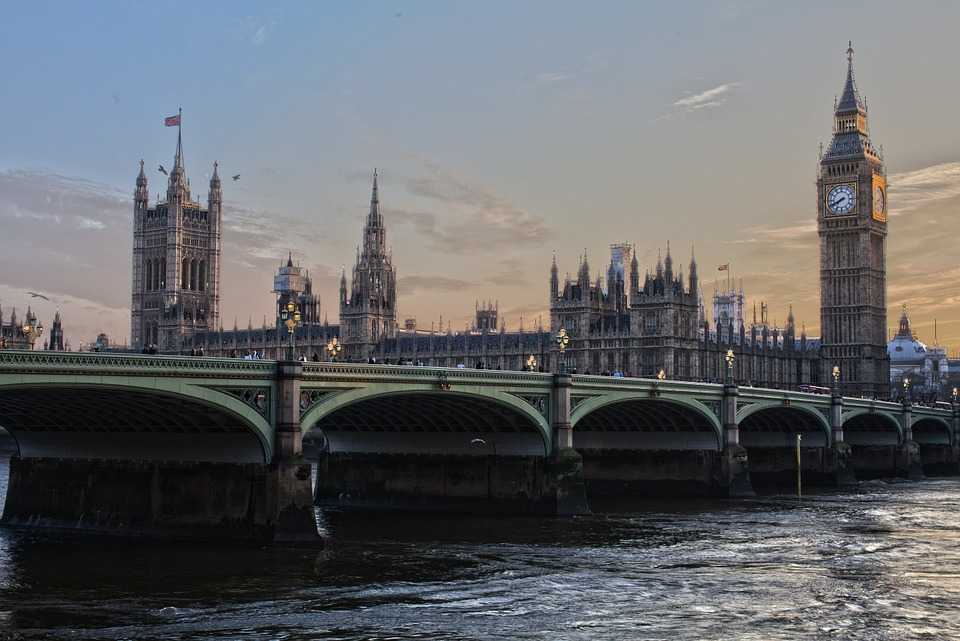
London Dreams: Stay in London and wander around for 6 night stay
- Flights excluded
- 3 star accommodations
- 7 activities
- Shared transfer
₹ 1,07,442
Starting price/person
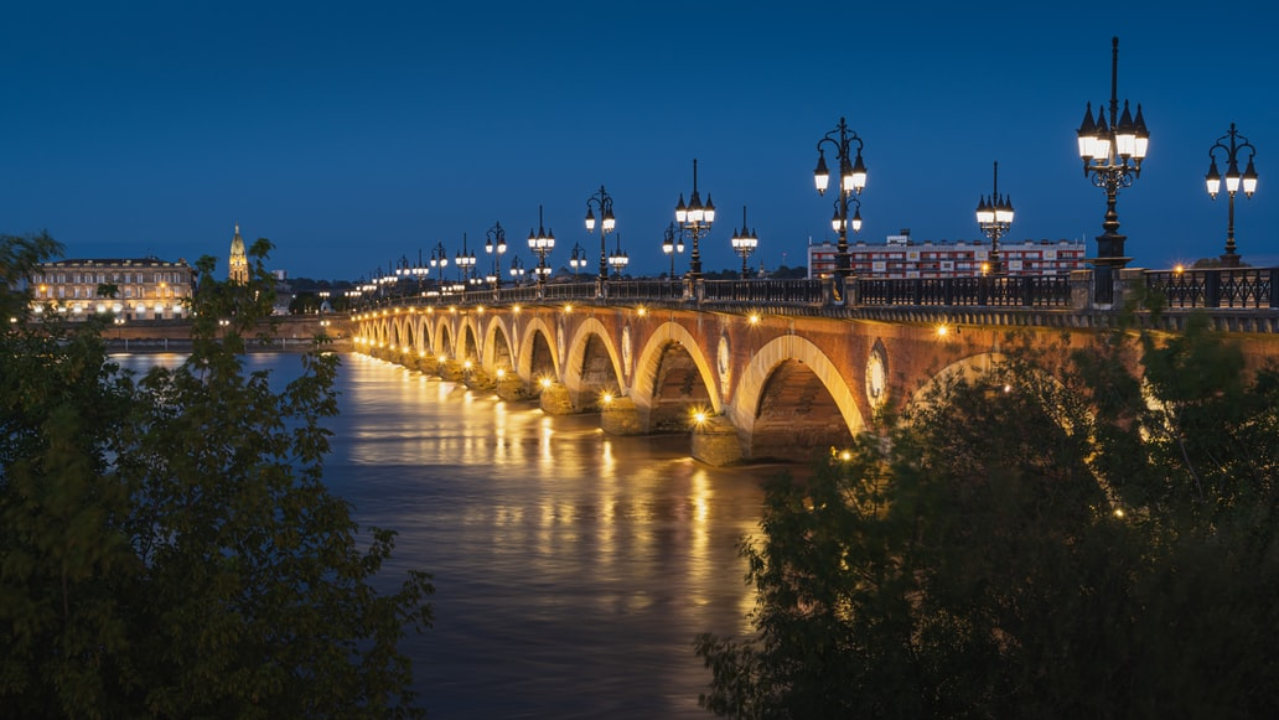
Beautiful 9 Nights France Tour Packages
- Flights excluded
- 3 star accommodations
- 6 activities
- Shared transfer
₹ 52,649
Starting price/person
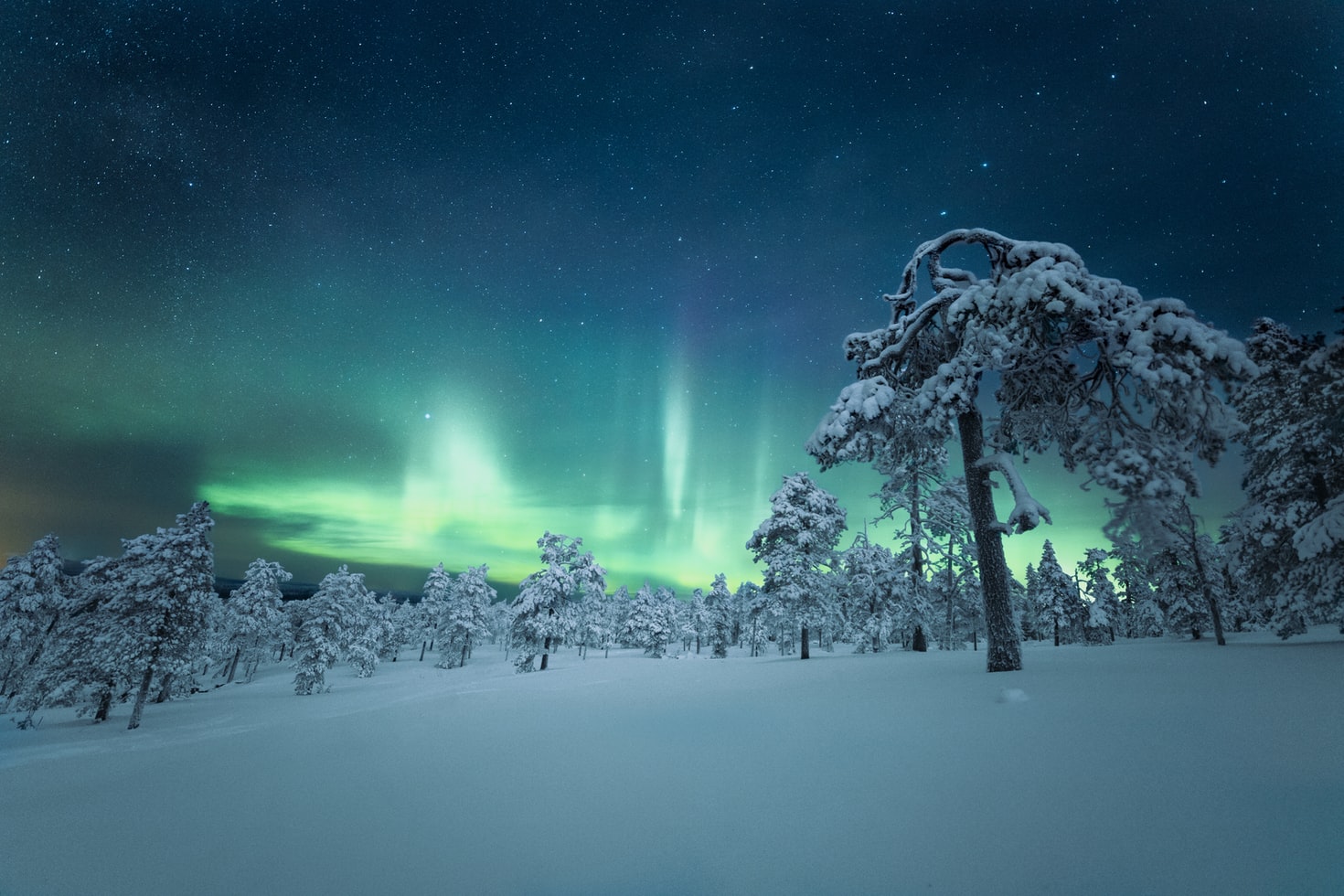
Stunning 6 Nights Northern Lights Packages
- Flights excluded
- 2.5 star accommodations
- 3 activities
- Transfers excluded
₹ 64,954
Starting price/person
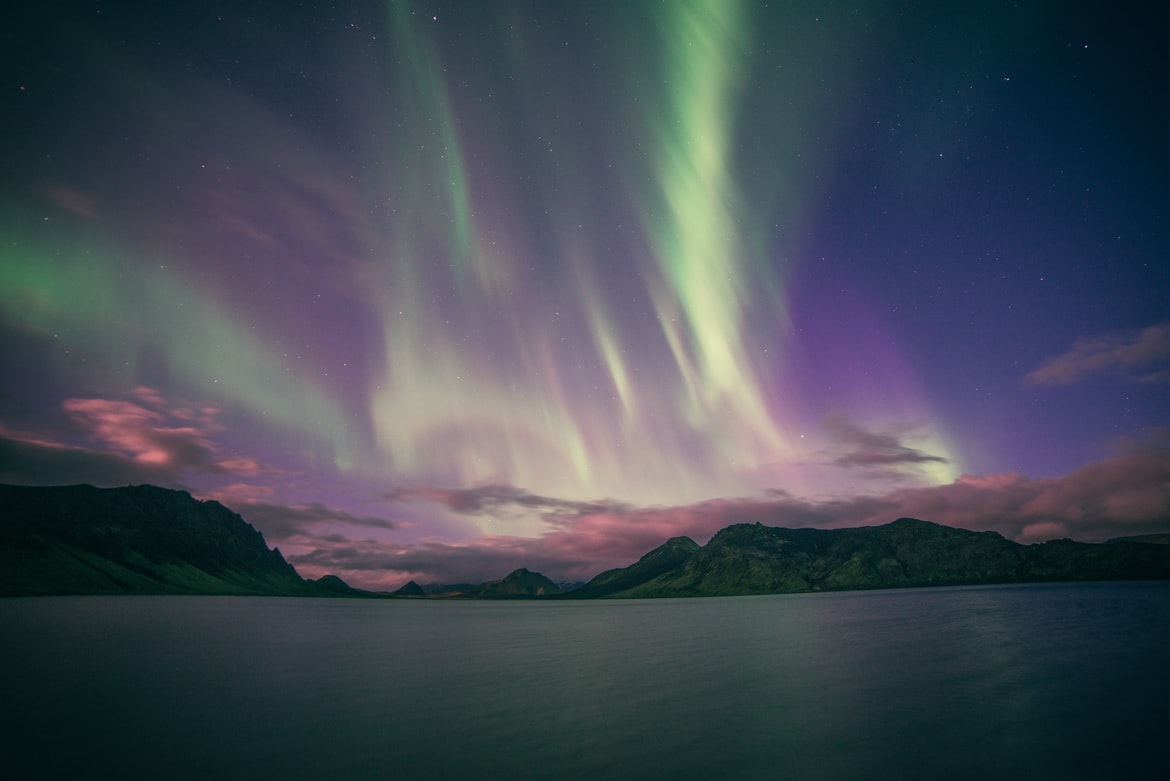
Fantastic 6 Nights Finland Northern Lights Tour Package
- Flights excluded
- 4 star accommodations
- 2 activities
- Shared transfer
₹ 69,369
Starting price/person
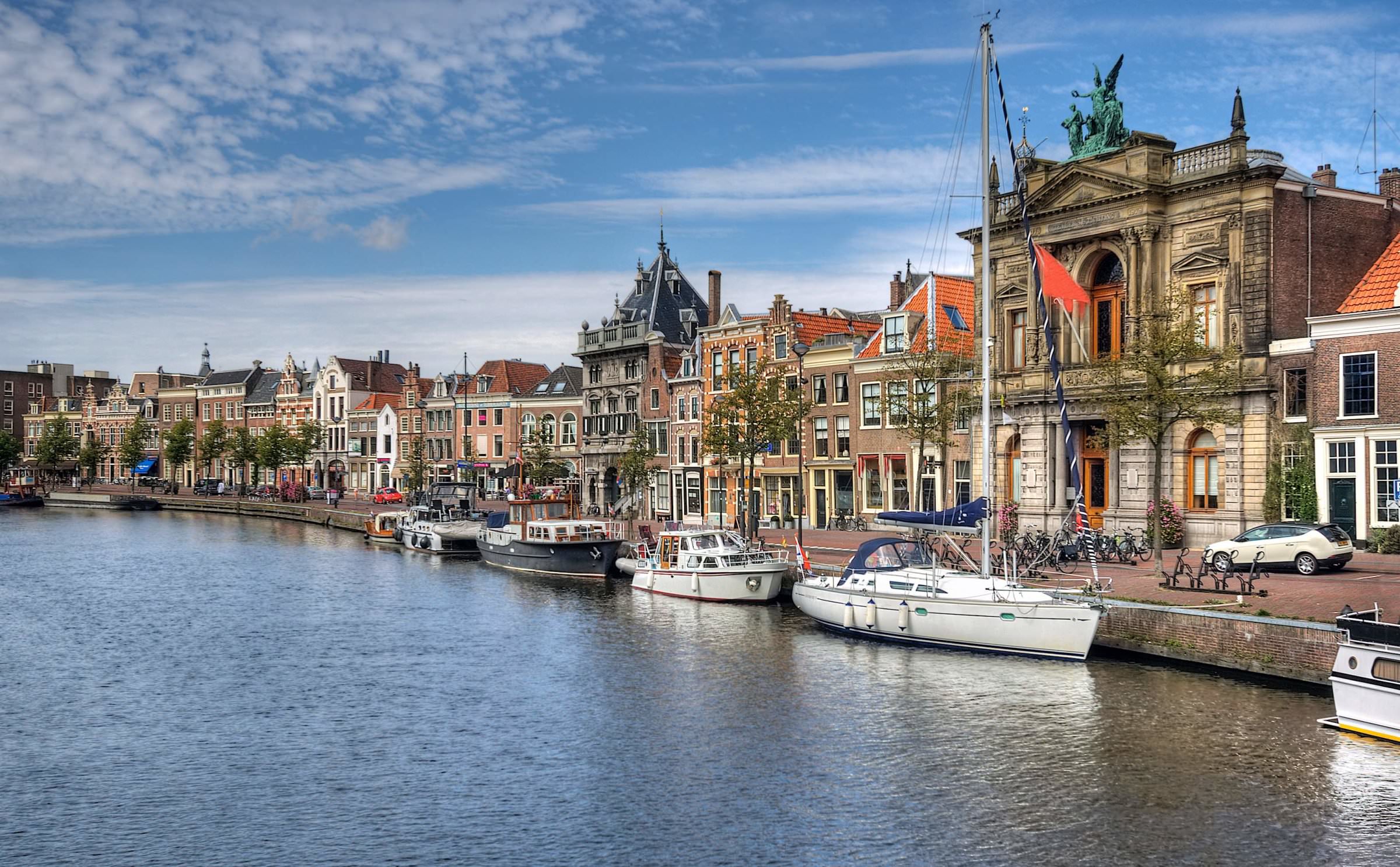
Amazing 10 Nights Netherlands Trip Package
- Flights excluded
- 2 star accommodations
- 9 activities
- Private transfer
₹ 52,895
Starting price/person

Magical 10 Nights Spain Tour Package
- Flights excluded
- 4 star accommodations
- 9 activities
- Shared transfer
₹ 1,17,742
Starting price/person

Europe Tour Packages For 6 Nights
- Flights excluded
- 4 star accommodations
- 7 activities
- Shared transfer
₹ 52,876
Starting price/person

Europe Trip Packages For 10 Nights
- Flights excluded
- 4 star accommodations
- 9 activities
- Shared transfer
₹ 73,921
Starting price/person

Romantic 8 Nights Bali and Vietnam Honeymoon Packages
- Flights included
- 4 star accommodations
- 6 activities
- Shared transfer
₹ 99,947
Starting price/person



